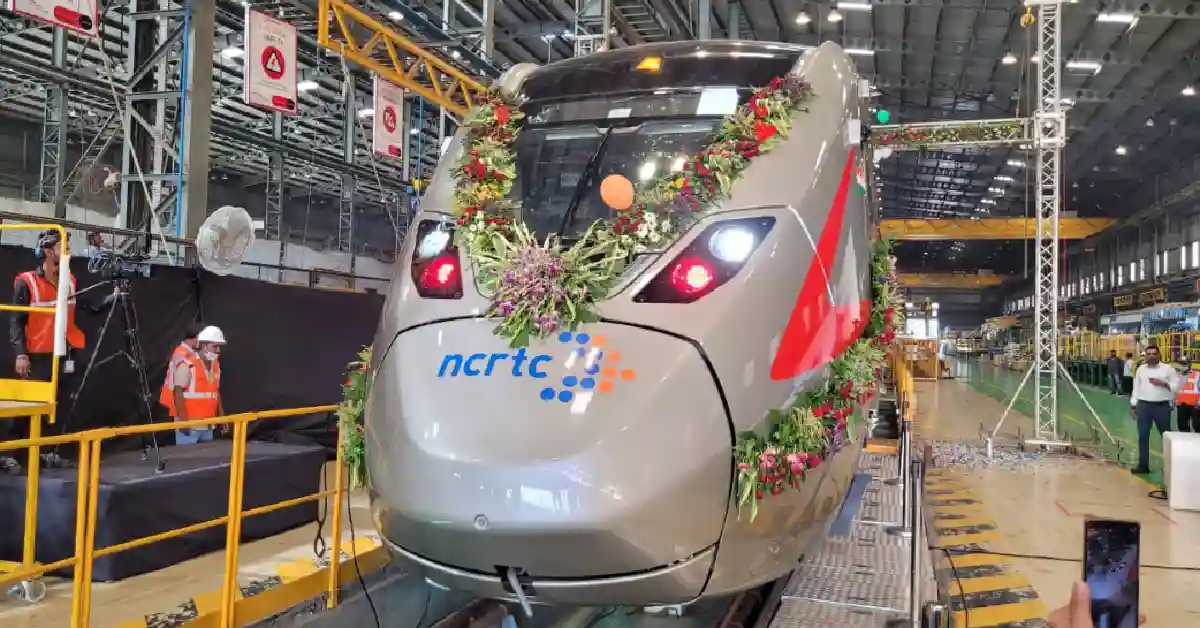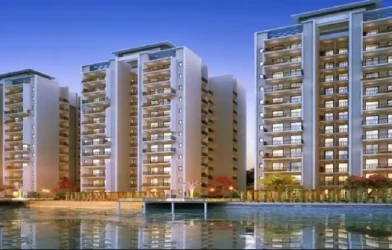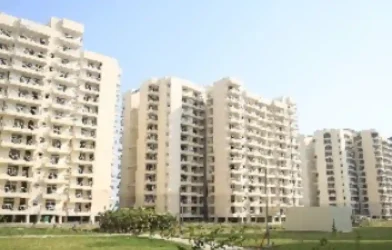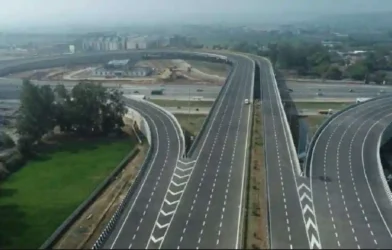Subtotal ₹0.00
The National Capital Region Transport Corporation (NCRTC) has commenced groundwork for the second phase of the Regional Rapid Transit System (RRTS), marking the first step toward extending the high-speed Namo Bharat network from Delhi to Panipat and eventually Karnal. While awaiting final financial approvals from the Centre and the Delhi and Haryana governments, the corporation has floated tenders and initiated utility relocation along the proposed alignment — a critical pre-construction activity ahead of full-scale civil works.
This pre-construction stage, officials said, is essential groundwork before full-scale civil construction of stations, viaducts and tracks can begin.
The utility diversion exercise involves shifting and modifying overhead power lines, low-tension cables and transformers that currently obstruct the path of the corridor. The first phase of work covers a 22-kilometre stretch between Narela and Murthal.
NCRTC officials estimate the exercise will take nearly a year to complete.
“Such pre-construction works are unavoidable for a project of this scale. Once the utility shifting is completed, work on stations, viaducts and track-laying can be taken up smoothly. The RRTS service, with its high frequency and modern rolling stock, aims to offer a safer, cleaner and more efficient option for the nearly one lakh daily passengers projected on this stretch,” said an NCRTC official.
The Delhi-Panipat line is one of three priority corridors identified under the RRTS network, conceived to seamlessly connect the capital with satellite towns. Designed for trains running at up to 180 kmph, the corridor will start at Sarai Kale Khan in Delhi before pushing into northwest Delhi and Haryana, passing through Narela, Kundli, Sonipat, Gannaur, Samalkha and Panipat, with later phases extending further to Karnal. At 136km long with 17 stations (excluding Sarai Kale Khan), the line is expected to significantly bolster public transport between the Capital and its surrounding cities.














